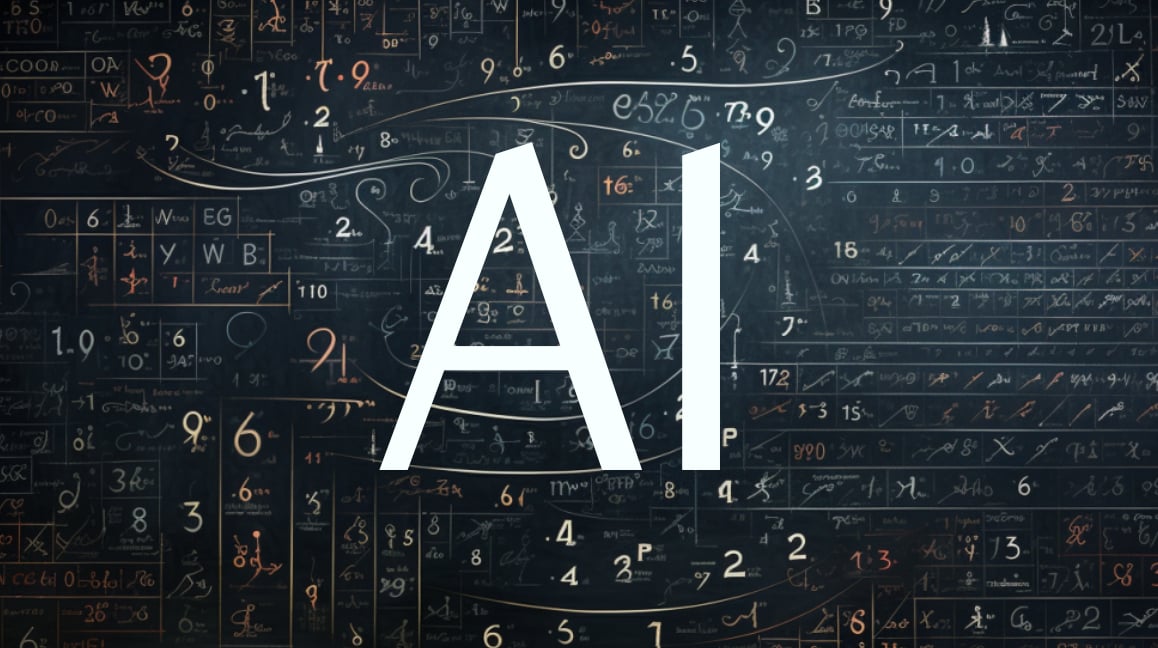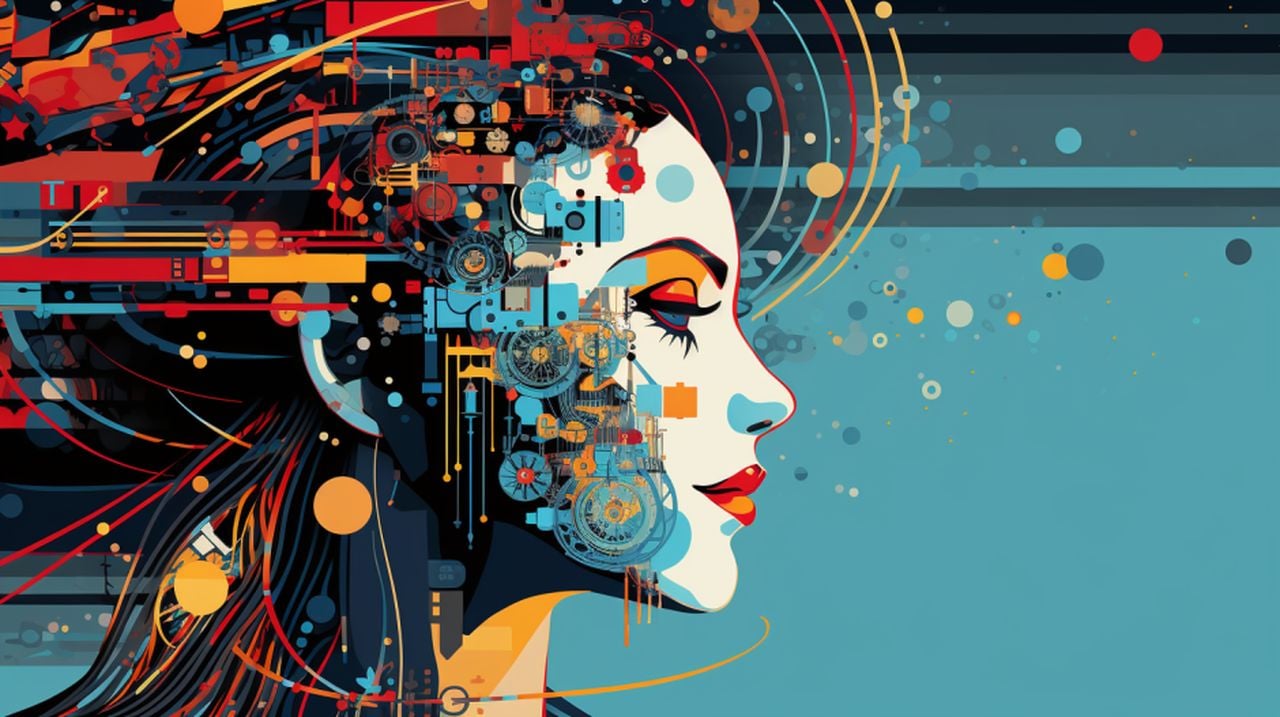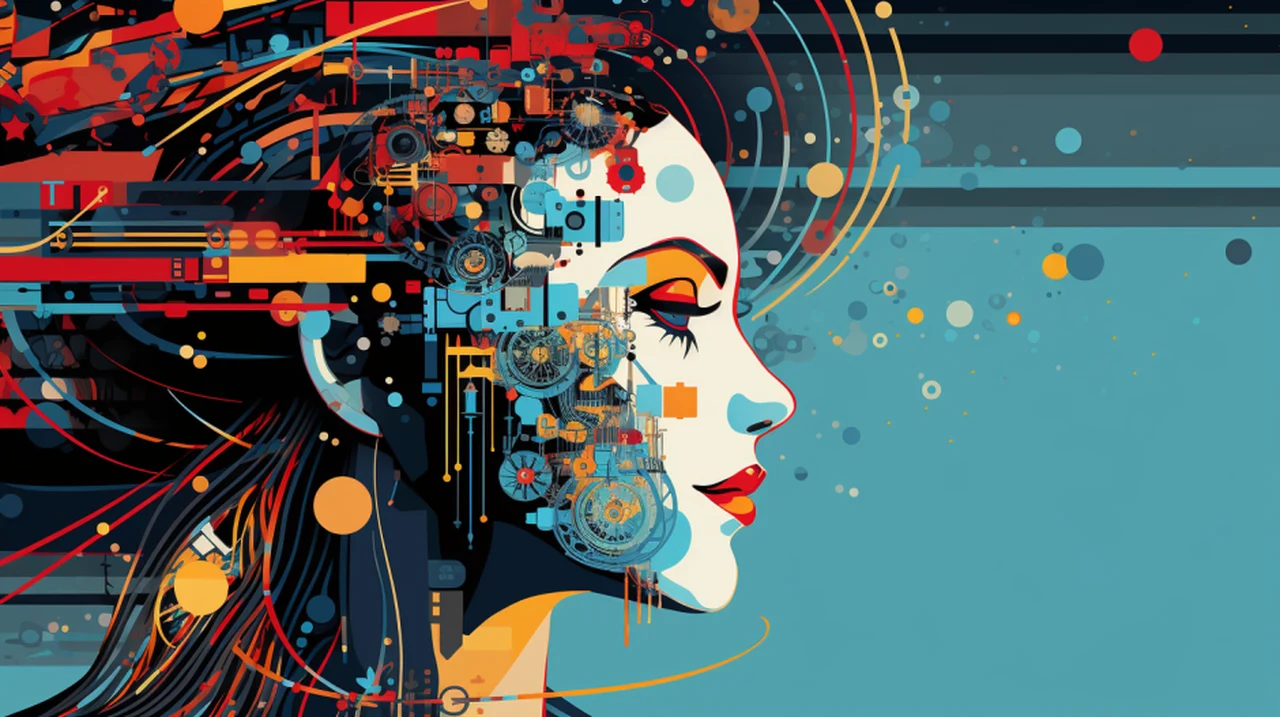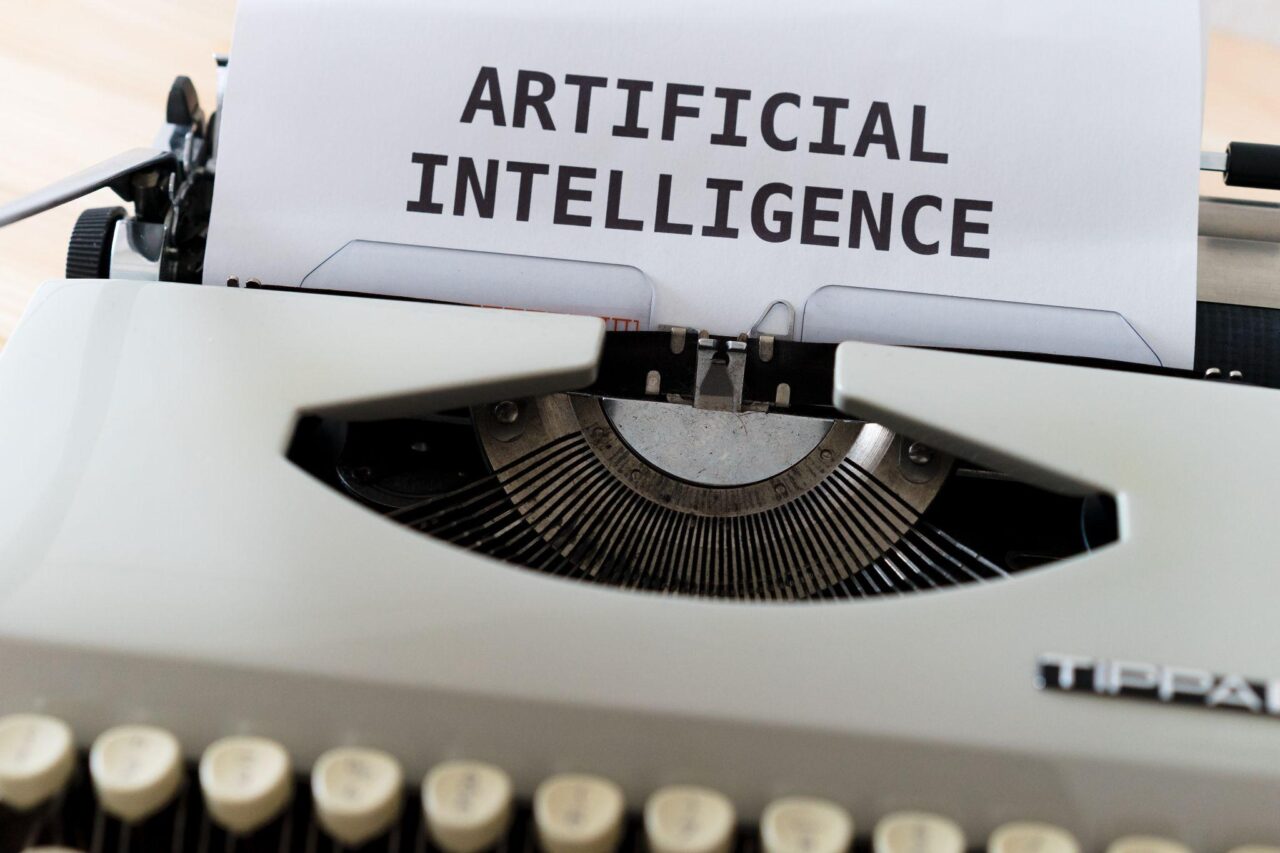
As we enter 2024, the cybersecurity landscape is evolving at a rapid pace. With each passing day, the sophistication of cyber threats increases, and the need for robust security measures becomes more pressing. In this ever-changing digital world, it’s imperative for individuals and organizations alike to stay informed and prepared to protect their digital assets. Here are some of the 2024 cybersecurity trends that are expected to dominate this year say researchers at IBM.
- AI-based threats are anticipated to grow, with AI being used to create more convincing phishing emails.
- A shift from traditional passwords to passkeys is expected, with the adoption of the FIDO standard, enhancing security and user convenience.
- Deepfake technology will likely become more sophisticated and widespread, necessitating education and security measures beyond detection.
- Generative AI may lead to ‘hallucinations’ or inaccuracies in information, which could pose security risks. Technologies like retrieval-augmented generation (RAG) may help improve accuracy.
- AI will also play a positive role in cybersecurity, aiding in threat anticipation and case summarization, while cybersecurity will be essential to ensure AI’s trustworthiness.
- Persistent threats include data breaches, with costs continuing to rise, and ransomware attacks becoming faster to execute.
- Multifactor authentication is becoming more common as a security measure.
- Internet of Things (IoT) threats have increased, with a significant rise in attacks.
- Quantum computing remains a potential future threat to cryptography but has not yet had a significant impact.
- The cybersecurity skills gap has shown some improvement, with a decrease in open positions, but the need for skilled professionals remains high.
One of the most significant developments in the realm of cybersecurity is the use of artificial intelligence (AI). AI is enhancing the capabilities of cyber defense systems, but it’s also being wielded by cybercriminals. They are using AI to create phishing emails that are so well-crafted they can be hard to distinguish from legitimate messages. To combat this, the adoption of AI-powered security systems is essential. These systems can identify and mitigate the threat posed by these advanced phishing attempts.
Another trend that’s gaining traction is the move towards passwordless authentication. The traditional password system is becoming obsolete, making way for more secure methods such as the FIDO standard, which relies on passkeys. These new authentication tools, which can be physical or digital, don’t require users to remember complex passwords and are designed to reduce the risk of security breaches.
The emergence of deepfake technology is another challenge on the horizon. These hyper-realistic audio and video forgeries are becoming more convincing and widespread, posing a serious threat to personal and corporate security. To defend against the malicious use of deepfakes, education and the implementation of advanced security measures are crucial.
2024 Cybersecurity trends
Here are some other articles you may find of interest on the subject of artificial intelligence :
In the fight against misinformation, generative AI plays a dual role. While it can produce content that mimics human writing, it can also be used to generate false or misleading information. Technologies like retrieval-augmented generation (RAG) are being developed to enhance the reliability of generative AI by incorporating accurate data during the content creation process, helping to curb the spread of misinformation.
Despite the potential risks, AI remains an invaluable tool in the arsenal of cyber defense. The challenge lies in ensuring that the AI systems themselves are secure and reliable. As we rely more on these systems, their integrity becomes a cornerstone of our digital security.
The issues of data breaches and ransomware are not new, but they continue to escalate in both frequency and severity. The costs associated with these incidents are soaring, highlighting the importance of robust security protocols and effective incident response strategies.
As we enhance our security measures, multifactor authentication (MFA) is becoming a standard practice. MFA adds an extra layer of protection, which is increasingly necessary in today’s digital environment. However, as the Internet of Things (IoT) expands, so does the number of attacks on these connected devices. This surge in IoT attacks calls for stronger security measures to protect against potential vulnerabilities.
The advent of quantum computing is another factor that could significantly impact cybersecurity. Quantum computing has the potential to break current cryptographic standards, which means there’s an urgent need to develop quantum-resistant encryption methods to safeguard our data in the future.
A persistent issue in the field of cybersecurity is the skills shortage. Although there has been progress in addressing this gap, continuous education and training are necessary. Equipping the workforce with the skills to tackle new cyber threats is a critical step in strengthening our collective cyber defenses.
As we navigate the complex and dynamic world of cybersecurity in 2024, staying vigilant and proactive is more important than ever. Cyber threats are becoming more sophisticated, and our defenses must evolve to match them. By keeping abreast of these trends and challenges, we can better prepare ourselves to defend against the myriad of threats that lurk in the digital realm.
Filed Under: Guides, Top News
Latest timeswonderful Deals
Disclosure: Some of our articles include affiliate links. If you buy something through one of these links, timeswonderful may earn an affiliate commission. Learn about our Disclosure Policy.








